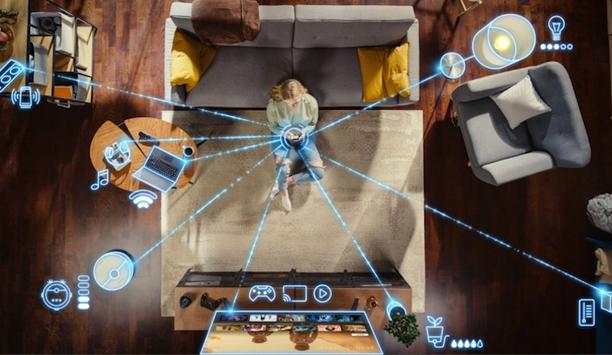According to the CDC and ASHRAE, hospital HVAC systems play a critical role in mitigating the spread of diseases like COVID-19, MERS, SARS, and tuberculosis. When an infected person coughs or sneezes, respiratory droplets can travel through the air and be inhaled by people nearby.
Room pressurization, air change rates, humidity, and temperature all play an integral role in mitigating airborne contaminants to provide a healing space for patients while protecting healthcare providers.
It is recommended by the ANSI/ASHRAE/ASHE Standard 170-2017 and the CDC to place patients with a suspected or known COVID-19 diagnoses in airborne isolation infection room (AIIR). AIIRs are negative pressure single-patient rooms with a minimum of six air changes per hour (12 are recommended for new construction). AIIRs constantly provide clean air to patients and help protect staff from infection.
room pressure controller
AIIRs contain, dilute, and exhaust contaminated air through a high-efficiency particulate air (HEPA) filter, and then vent it outdoors. The negative pressure prevents contaminated droplets from traveling to other areas of the hospital when the doors are opened.
Entry and exits should be minimized as air currents from personnel traffic can disrupt proper airflow
Room doors should be kept closed except when personnel are entering and exiting. Entry and exits should be minimized as air currents from personnel traffic can disrupt proper airflow, so AIIR HVAC equipment must be fast-acting, adjusting immediately to changing conditions. Facilities should monitor and document AIIR negative pressure function, and there should be a constant visual indication from the room pressure controller or monitor.
Airborne Infection Isolation Room Checklist
Utilize this checklist to help ensure your AIIRs are ready to receive patients with suspected or confirmed Coronavirus Disease 2019 (COVID-19). For more details, refer to the ANSI/ASHRAE/ASHE Standard 170-2017 Ventilation of Health Care Facilities.
- Verify the room sensors are calibrated and working properly
- Verify room controllers and monitors are working and communicating with airflow valves
- Verify the room is operating at a negative pressure relative to surrounding areas
- Verify room pressure is being properly documented
- Verify correct air changes per hour are taking place per CDC/ASHRAE standards
- Verify temperature and humidity ranges are in place per CDC/ASHRAE standards
- Verify room air is being exhausted directly outside through a HEPA filter
- Verify doors are being kept closed except during healthcare personnel entry/exit
- Confirm patient rooms are visible on your BAS, for prompt notification of any issues
- Consider updating older VAV boxes to a fast-acting Venturi air valve or measured airflow valve
- Plan for an influx of patients and how to address isolation requirements in your facility

















